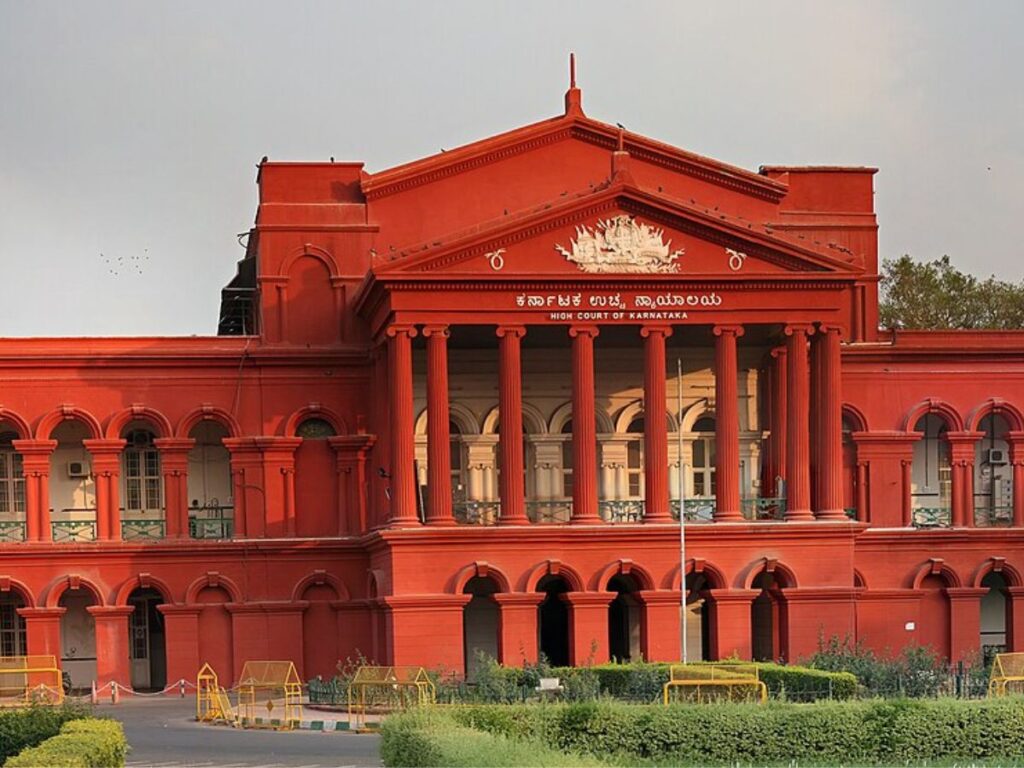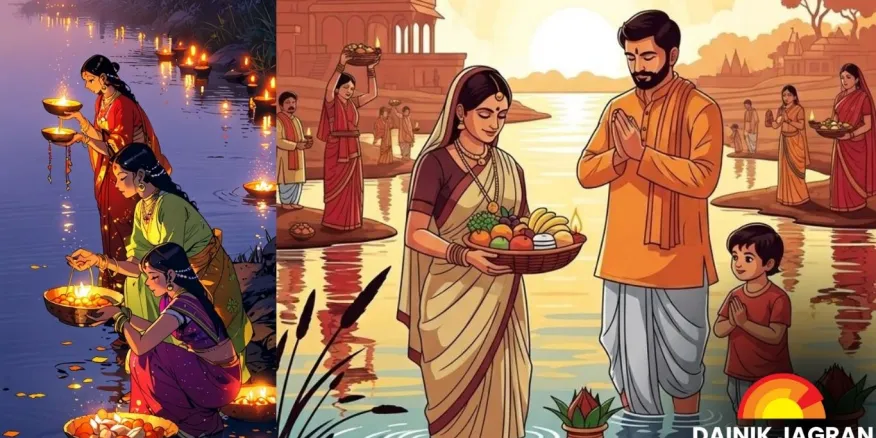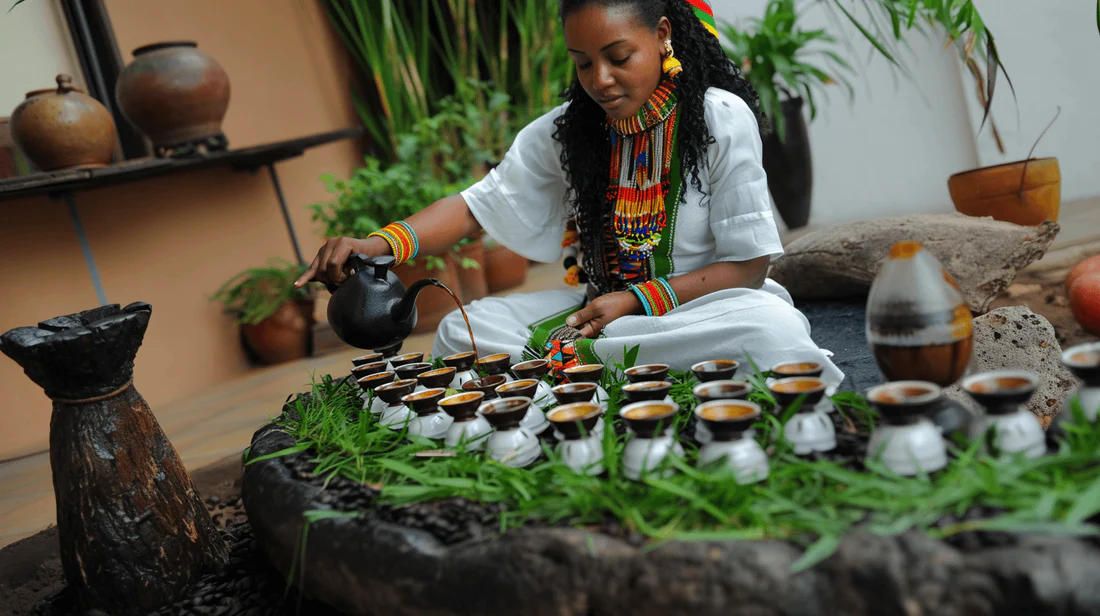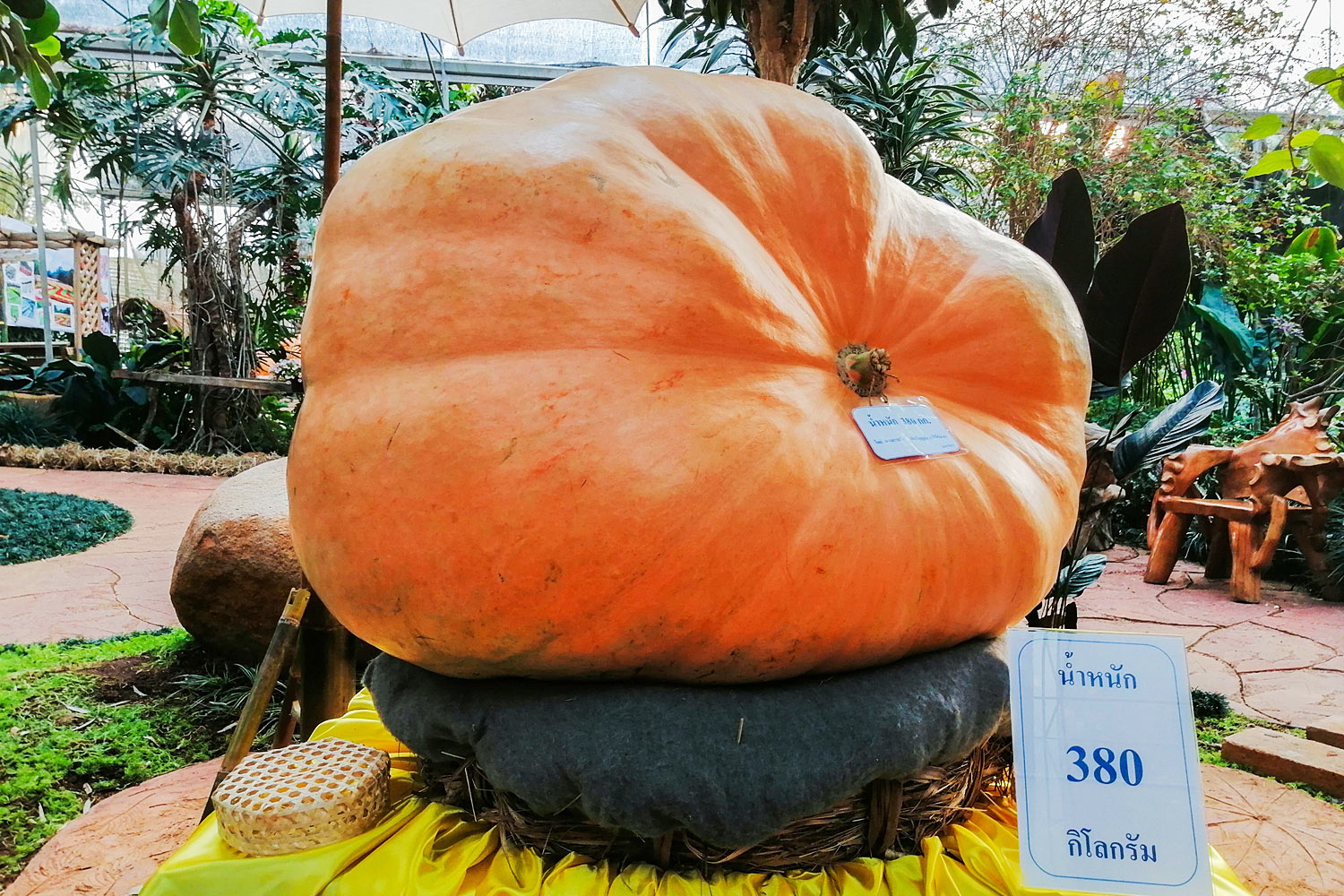Now Reading: Inside the Handwoven Fabric Industry of Kutch: A Tradition Woven Through Time
-
01
Inside the Handwoven Fabric Industry of Kutch: A Tradition Woven Through Time
Inside the Handwoven Fabric Industry of Kutch: A Tradition Woven Through Time

The handwoven fabric industry of Kutch is more than just a livelihood — it is a living tradition that reflects centuries of skill, culture, and resilience. Known for its intricate patterns and vibrant colours, Kutch weaving has found admirers across the world, yet its roots remain firmly planted in the dry, rural landscapes of Gujarat. For many artisan families here, weaving is not only an art but also a way of preserving their heritage.
Weaving in Kutch is deeply tied to the region’s identity. The craft is carried forward through generations, with each artisan learning techniques from elders in the family. Using pit looms and handlooms, they produce shawls, stoles, sarees, and fabrics featuring geometric motifs and distinctive borders. These designs are inspired by nature, tribal traditions, and local folklore, making each piece unique. The process is labour-intensive — from hand-spinning yarn to dyeing with natural colours and finally weaving the patterns — often taking days or even weeks for a single item.
While the beauty of Kutch’s textiles is undeniable, the industry faces challenges. The arrival of machine-made fabrics has impacted demand for handwoven cloth, pushing many artisans to either adapt or abandon their craft. Rising raw material costs and limited market access add to the struggle. However, some cooperative groups and design collectives are helping bridge the gap, connecting artisans with buyers in urban and international markets. These efforts are slowly reviving interest and ensuring fair wages for weavers.
For Tier 2 cities in India, where traditional crafts still find loyal customers, the Kutch weaving industry presents both cultural value and economic opportunity. Supporting these artisans means more than buying a product — it is about sustaining an ecosystem where history, skill, and livelihood are woven together.
Kutch’s handwoven fabrics stand as a reminder that even in a fast-changing world, some threads of tradition are worth holding onto. By preserving this craft, we are not just protecting a heritage but also ensuring that the stories told through its patterns continue for generations to come.

























